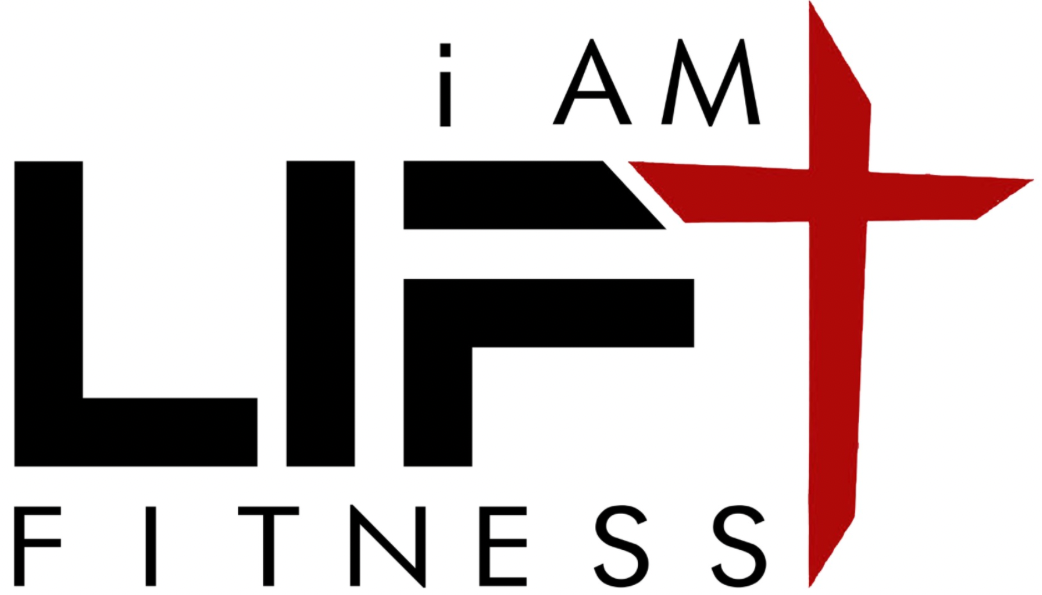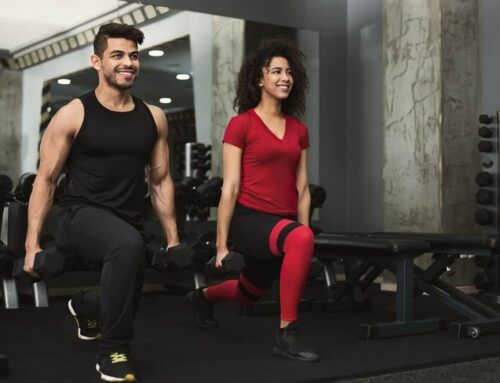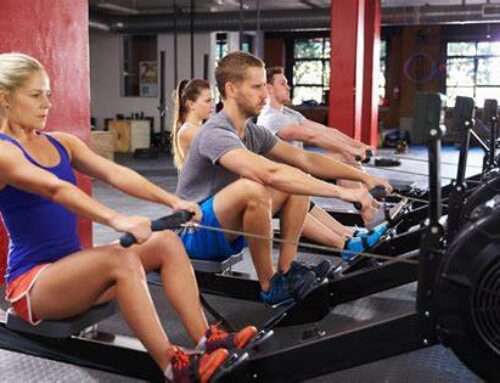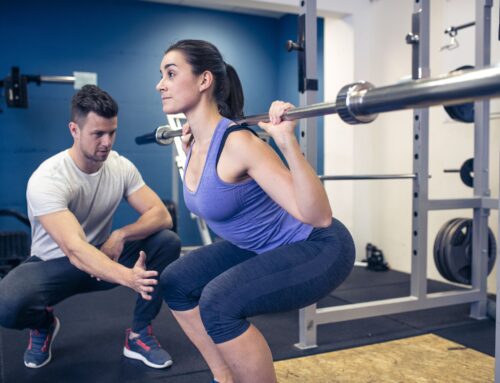In a fitness world filled with complex exercises and trendy workouts, the humble push-up may seem like a relic of the past. Rarely do you spot someone showcasing their push-up prowess on Instagram or passionately discussing it in fitness forums. Why opt for basic push-ups in a gym stocked with elaborate chest and shoulder equipment? It’s a question many may wonder.
However, there’s more to the push-up than meets the eye…This is how and why to do push-ups.
The Value of Push-Ups
Some might argue that bodyweight exercises like push-ups lack the resistance required for significant muscle development in the chest, triceps, and shoulders. While it’s true that push-ups can’t replicate the sheer force generated by lifting heavy weights, they are far from a futile endeavor.
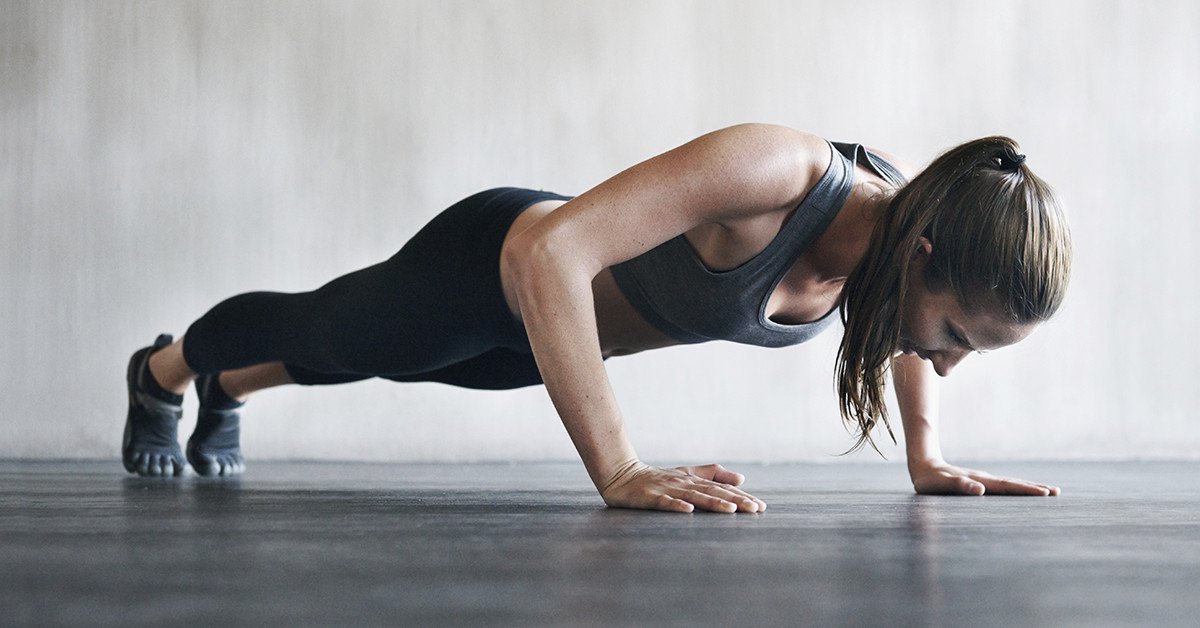
When the goal is muscle growth, it’s vital to grasp that what matters most isn’t the sheer weight lifted but the degree of effort your muscles undergo. To put it simply, building muscle predominantly hinges on fatiguing and challenging your muscles. This principle explains why systems like German volume training, which involve multiple sets of high reps with relatively lighter loads, can effectively stimulate hypertrophy.
The Science of Push-Ups
So, why opt for push-ups over bench presses or chest machines? The key lies in the biomechanics of the exercise. Traditional bench presses necessitate keeping your shoulder blades fixed against the bench throughout the movement. While this approach ensures a strong and secure bench press, it doesn’t support optimal shoulder function. Your shoulder blades are designed to move, not merely retract.
This is where push-ups come into play. When performed correctly, with your shoulder blades moving and protracting at the top of the movement, push-ups activate the serratus anterior muscles. These muscles, situated beneath the scapulae, are crucial for shoulder function and health.
Mastering the Push-Up
Not everyone can perform pristine push-ups right from the start. Surprisingly, even individuals with considerable strength often struggle to execute flawless push-ups because they haven’t practiced them. The solution to this predicament is straightforward: start where you are and improve through consistent practice.
Many individuals, especially women, opt for modified push-ups by placing their knees on the ground. However, this method can introduce opportunities for cheating during the ascent. To achieve better carryover to standard push-ups, I recommend practicing from your toes with a slight hand elevation. The Smith Machine serves as an excellent tool for this purpose. Start at a comfortable height and focus on maintaining a rigid torso. Progression involves lowering the bar to the next notch.
Another option is band-assisted push-ups, utilizing a band looped around the top of a rack or, even better, around the J-hooks. This approach offers assistance where needed the most (typically in the bottom position) and reduces it as you approach the lockout. To transition to unassisted push-ups, opt for a thinner band or adjust the band’s position to provide less assistance.
The Depth Dilemma
A common question in push-up execution revolves around how deep to go. Unlike the rigid 90-degree rule enforced in some aerobic classes, the depth of your push-up depends on your shoulder health and comfort. Individuals possess varying shoulder anatomies and different injury histories, so performing deep push-ups can elicit varying levels of discomfort.
Ideally, your body should handle load-bearing in any position without pain. If you lack a history of shoulder injuries and experience no discomfort, aiming for a full range of motion in your push-ups is advisable. In essence, “get down to the floor unless you have a legitimate reason not to.”

Optimal Repetition and Programming
When it comes to push-ups, volume reigns supreme. It’s not about attempting extraordinary feats of strength or knocking out sets of 75 push-ups at a time, as your form and technique may deteriorate with such high repetition.
Rather, the objective should be to work towards multiple sets of 15-20 reps. Exposing your muscles to a higher volume of repetitions, especially if you seek to increase chest and tricep size, is paramount. Embrace your body weight, shorten your rest periods, and aim for high repetitions.
As for programming, it’s wise to incorporate smart sequencing for push-ups. Warm-up your shoulders by engaging in pulling exercises before diving into push-ups. Rows and other pulling movements activate your scapular muscles, preparing them for the demands of push-ups. You can pair paused lat pull-downs with push-ups to create an effective warm-up routine.
Push-ups also excel as a finishing move on chest day. Performing high-repetition push-ups at the end of your workout provides a metabolic boost, induces a substantial pump, and triggers the release of additional hormones.
The push-up is a timeless exercise that shouldn’t be overlooked. It not only promotes healthy shoulder function but also helps you master your body weight. Amidst the allure of lifting weights, we often forget the importance of this fundamental skill. Revisit it, and you’ll reap the rewards in your fitness journey.
